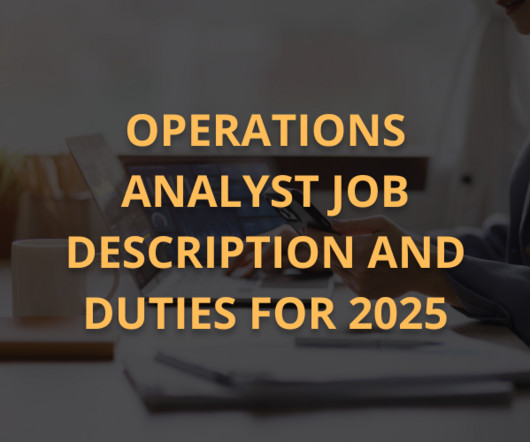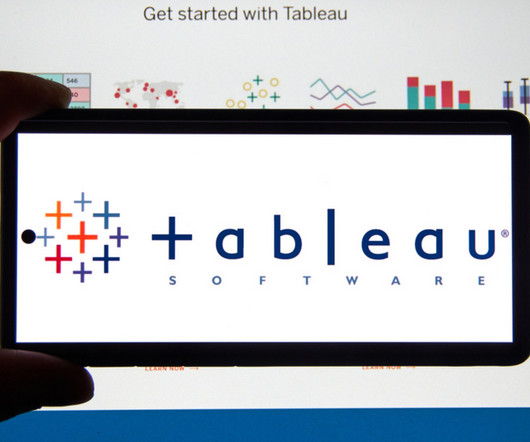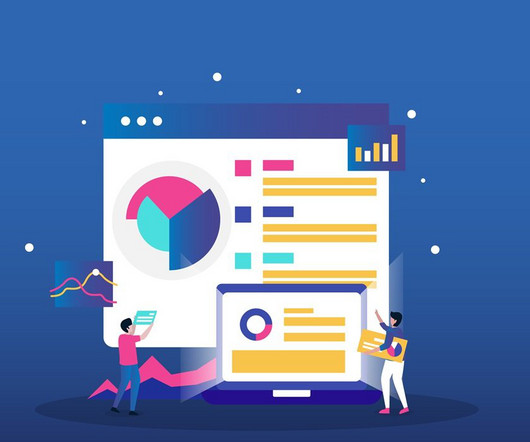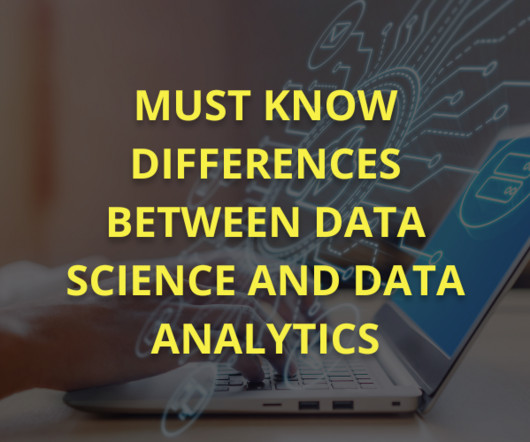Completing Data Science Tasks in Seconds, Not Minutes
Smart Data Collective
MARCH 9, 2021
If you’re looking to analyze large data sets quickly, or to do a complex analysis, or to create a repeatable data analytics process, you’re probably looking to use python. Python is the go to language for modern data analytics. They also have led to a number of opportunities with predictive analytics.




















Let's personalize your content